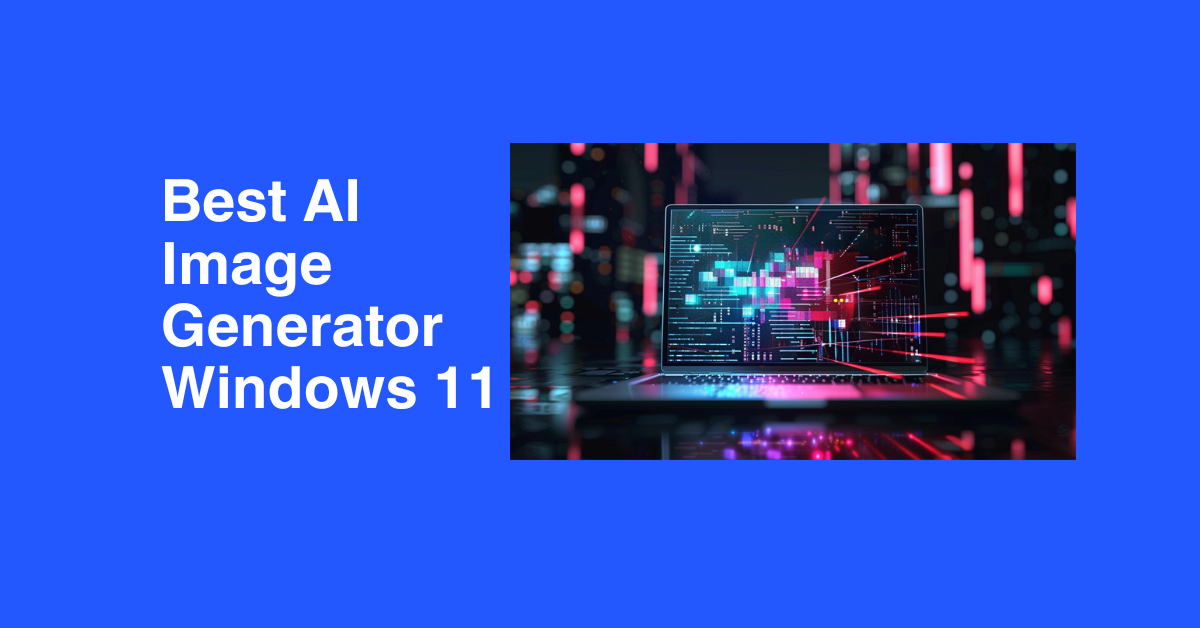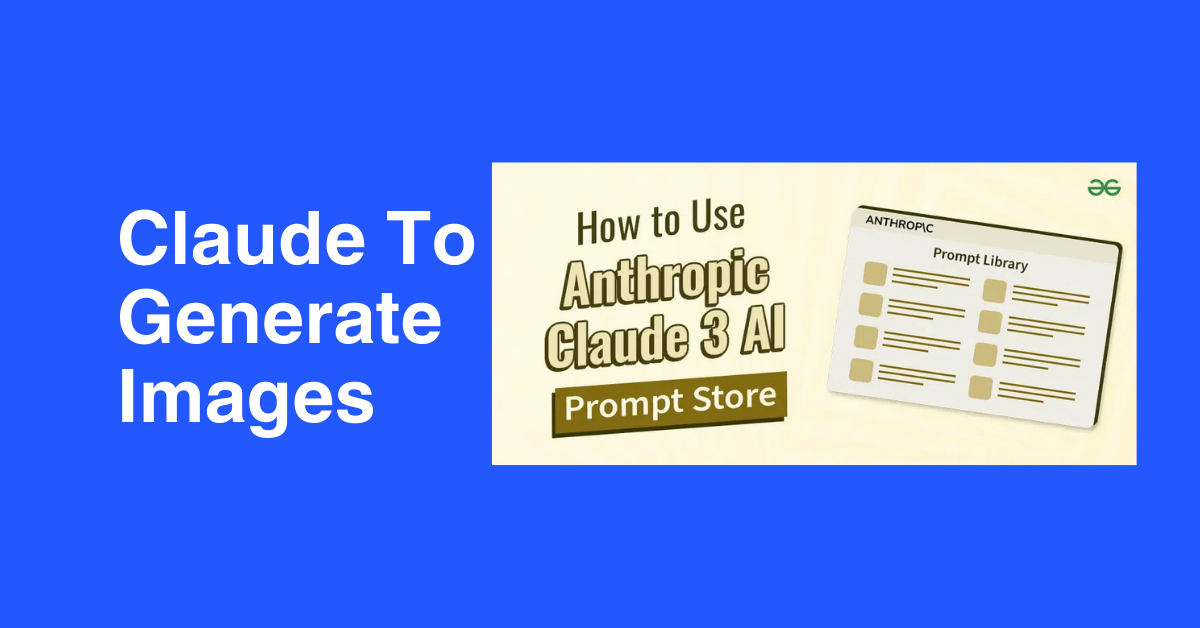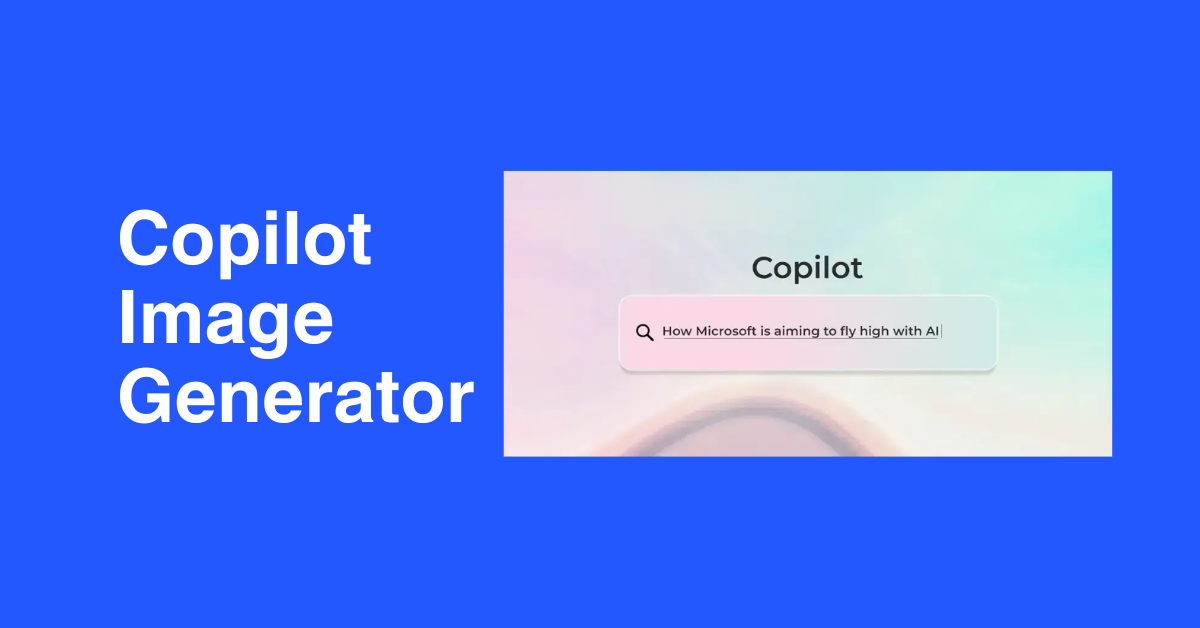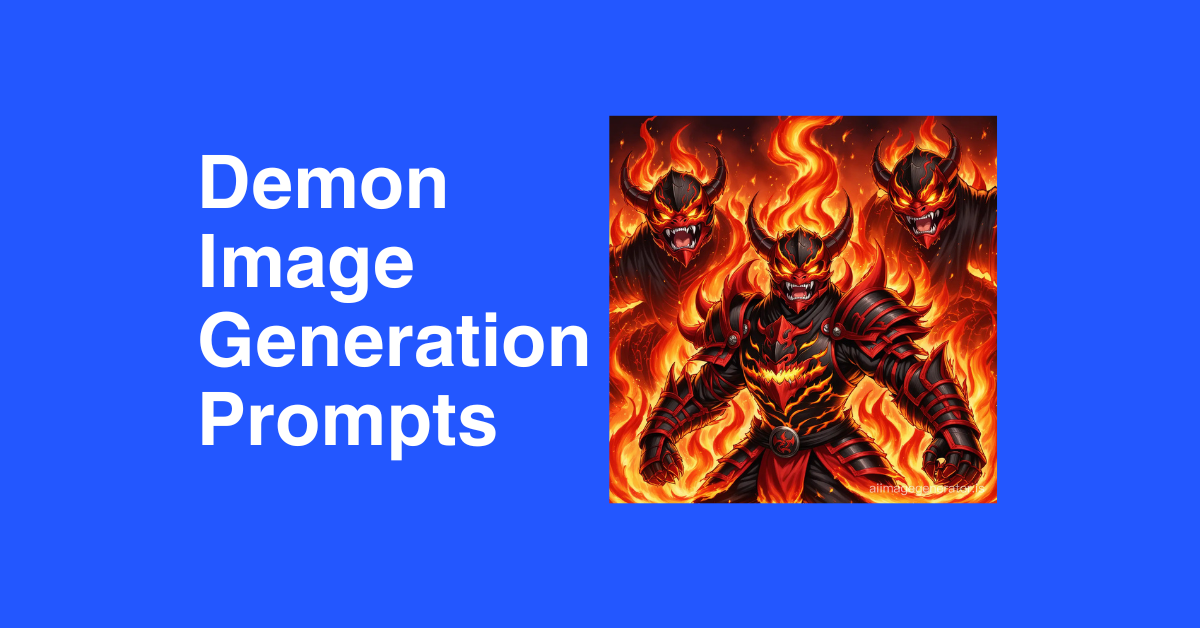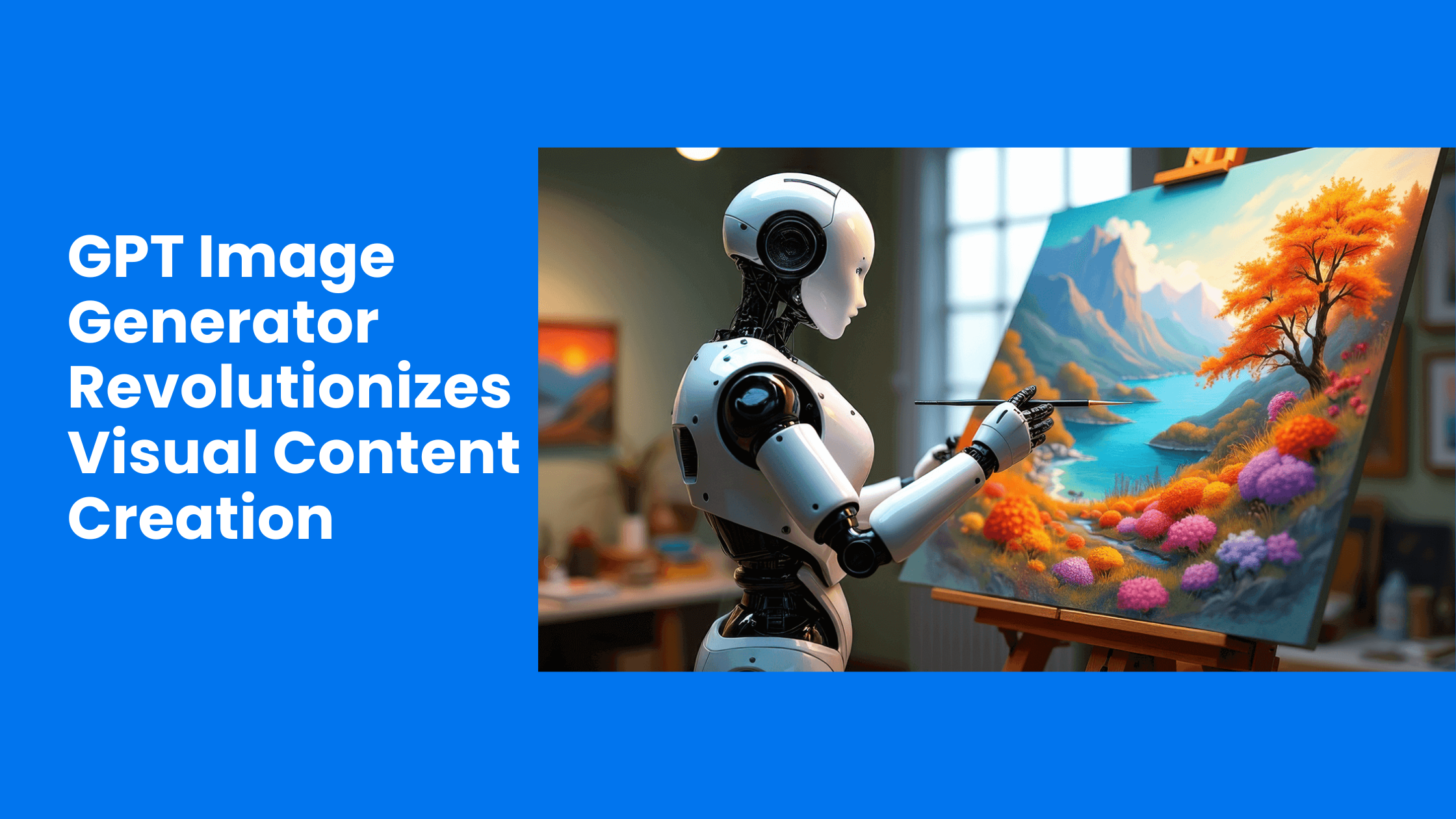
GPT Image Generator Revolutionizes Visual Content Creation
- Image Generators
- November 1, 2024
- No Comments
In an age where visual communication is paramount, the integration of artificial intelligence into image generation has brought forth a transformative shift in how we create and consume visual content. The advent of the GPT image generator stands at the forefront of this revolution, allowing creators to produce stunning visuals simply from textual prompts. With advancements in machine learning and neural networks, these tools are not just enhancing creativity; they are reshaping artistic expression, marketing strategies, and digital storytelling. In this blog post, we will delve deeply into the world of GPT image generators, exploring their workings, applications, ethical implications, and what the future might hold for this fascinating intersection of art and technology.
GPT Image Generation: A Revolution in Visual Content Creation

The introduction of GPT image generators marks a significant milestone in the evolution of digital art creation. Traditional methods of creating images often require extensive training and artistic skills, which can be barriers for many aspiring creators. However, GPT technology democratizes art by enabling anyone with an idea to generate visually compelling content with remarkable ease.
Understanding the Impact of AI on Artistry
AI’s role in artistry has sparked debates within creative communities. The power of GPT image generators lies in their ability to mimic human creativity while offering unique perspectives that would be impossible to achieve through human craftsmanship alone.
The fusion of technology and artistry has opened doors to unprecedented collaborations. Artists can leverage these tools to enhance their work, pushing the boundaries of their imagination. For example, an artist might begin with a sketch and then use a GPT image generator to explore various color palettes or styles, ultimately resulting in a piece that reflects both their vision and the algorithm’s interpretation of it.
The Accessibility of Creative Expression
One of the most uplifting aspects of the gpt image generator is its potential to make creative expression accessible to a wider audience. Individuals who may have felt intimidated by traditional artistic processes can now engage in visual storytelling without the need for technical proficiency.
Platforms utilizing GPT models allow users to input descriptions, themes, or even emotions, which the software then translates into artwork. This accessibility empowers non-artists to express themselves visually, fostering unique community-driven projects and collaborations. Social media platforms celebrate this shift by showcasing works created with GPT, thus inspiring others to participate in the movement.
Shifting Paradigms in Content Creation
The emergence of gpt image generators signifies a paradigm shift in content creation. It challenges traditional notions of authorship and originality, prompting discussions about what constitutes “art.” As more creatives embrace AI-generated works, society must grapple with questions about ownership and the very definition of creativity itself.
This transformation extends beyond individual creators. Businesses leveraging AI-generated images are witnessing shifts in branding and marketing strategies, as they can swiftly produce tailored content for diverse audiences. This adaptability enables brands to resonate more effectively with consumers, changing the landscape of advertising.
Unlocking Creative Potential with GPT Image Generators: A Guide to the Technology

To comprehend the significance of gpt image generators, one must first understand how this technology works. At its core lies a combination of complex algorithms and vast datasets that allow the system to learn and generate images based on provided prompts.
The Mechanics of GPT Models
Generative Pre-trained Transformer (GPT) models operate using deep learning techniques. These models are trained on massive datasets containing images and corresponding text descriptions, allowing them to recognize patterns and relationships between words and visuals.
When a user inputs a prompt, the model analyzes the text and generates an image that aligns with the linguistic cues. The intricate architecture of GPT models allows them to create diverse outputs, making each generated image a unique interpretation of the prompt—one that reflects the model’s learned understanding of artistic styles and concepts.
Natural Language Processing and Image Output
Natural Language Processing (NLP) is crucial for the success of gpt image generators. By understanding the nuances of language, these models can generate visuals that accurately represent complex ideas, emotions, or abstract concepts.
Consider the difference in output when prompted with a simple descriptor like “a cat” versus a more elaborate request such as “a fluffy orange cat lounging in a sunbeam with a whimsical background.” The latter generates a more nuanced image, illustrating the importance of detailed prompts in producing high-quality results.
Limitations and Challenges of Current Technology
While GPT image generators have made significant strides, they are not without limitations. The quality of the output can vary widely depending on the prompt’s clarity and specificity. Additionally, certain concepts or artistic styles may not translate well due to gaps in the training data.
Another challenge arises from biases present in datasets, which can inadvertently influence the types of images generated. As the technology continues to evolve, addressing these issues will be critical to ensuring that gpt image generators serve all creators equitably.
The Future of Image Generation: GPT Models and the Rise of AI Art

The rapid advancement of GPT technology suggests a promising future for image generation. As researchers continue to refine algorithms and expand datasets, the potential for AI-generated art is boundless.
Emerging Trends in AI Art
The rise of AI-generated art is becoming increasingly mainstream. Artists are beginning to incorporate gpt image generators into their workflows, experimenting with hybrid creations that blend human intuition with algorithmic innovation. This trend is not only redefining what art can be but also challenging perceptions around authorship and originality.
Moreover, AI-generated art is gaining traction in galleries and exhibitions. Curators are recognizing the value of showcasing pieces created by these innovative technologies alongside traditional artworks, sparking conversations about the future of the art world and its evolving definitions.
Collaboration Between Humans and Machines
As AI technology evolves, so too will the relationship between humans and machines within the creative space. The notion of collaboration rather than replacement is vital to understanding the future of image generation.
Artists may find themselves working alongside AI systems that assist in the creative process, generating drafts or exploring alternative interpretations of their concepts. This partnership can lead to richer, more diverse forms of expression, where artists can harness the strengths of both human creativity and machine efficiency.
The Role of Community in AI Art Evolution
The community surrounding AI-generated art plays a pivotal role in shaping its trajectory. Online forums, social media groups, and collaborative projects foster an environment where creators can share insights, techniques, and feedback. As more individuals engage with gpt image generators, the collective knowledge and experience will contribute to the development of best practices and standards for responsible usage.
Ultimately, the synergy between technological advancements and community support will dictate the future of AI art, encouraging innovation and ensuring that diverse voices are represented in this exciting frontier.
How GPT Image Generators Work: From Text Prompts to Stunning Visuals
The process behind gpt image generators involves multiple phases, each integral to transforming a written prompt into a visually stunning image.
Input Processing and Interpretation
When a user submits a text prompt, the model begins by processing the language to capture its essence. This includes dissecting grammatical structure, identifying key phrases, and understanding contextual meaning.
Advanced NLP techniques enable GPT models to develop a rich understanding of the prompt’s intent, setting the stage for accurate image generation. The more elaborate and specific the prompt, the better equipped the model is to produce meaningful visuals.
Image Synthesis and Neural Networks
Once the input is processed, the model engages in the creative synthesis of the image. Utilizing neural networks—specifically convolutional neural networks (CNNs)—the system constructs visual representations based on the learned associations between text and imagery.
During this phase, the model generates a multitude of potential images, evaluating them against the original prompt to ensure alignment. The result is a final image that encapsulates the narrative or emotion conveyed through the text, often surprising the user with its originality and depth.
Feedback Loop and Continuous Learning
An intriguing aspect of gpt image generators is their capacity for continuous learning. User interactions, feedback, and additional training data contribute to refining the model’s abilities over time.
As more individuals engage with the technology, it becomes increasingly adept at interpreting diverse expressions and cultural contexts. This iterative process helps mitigate biases and enhances the overall quality of outputs, positioning the model as a valuable tool for creators across various fields.
Applications of GPT Image Generators: From Marketing to Artistic Expression
The versatility of gpt image generators has led to their adoption across numerous industries, each finding unique applications for AI-generated visuals.
Transforming Marketing Strategies
In the realm of marketing, gpt image generators are proving invaluable. Brands can quickly produce custom visuals tailored to specific campaigns, allowing for greater flexibility and responsiveness in a fast-paced market.
For instance, social media marketers can create eye-catching graphics for promotional posts, aligning perfectly with trending topics or seasonal events. The ability to rapidly iterate and customize content streamlines the creative process, empowering teams to stay ahead of competition while maintaining brand identity.
Enhancing Storytelling in Digital Media
Content creators in the digital media space are embracing gpt image generators to enhance their storytelling capabilities. Writers, bloggers, and video producers can easily generate illustrations or thumbnails that complement their narratives, enriching the viewer’s experience.
Imagine a travel blogger who documents their journey through a vibrant city. Using a GPT image generator, they can create visuals that transport readers to specific moments, immersing them more deeply in the story. This amalgamation of text and imagery fosters a powerful connection between the creator and their audience.
Artistic Exploration and Innovation
Artists are discovering new avenues for experimentation through gpt image generators. Whether collaborating with AI or using the technology to inspire their creations, the integration of AI into artistic endeavors encourages boundary-pushing innovation.
Creatives can explore unconventional themes, reimagine classic styles, or even conceptualize entirely new genres of art, all facilitated by the limitless possibilities afforded by AI-generated imagery. This spirit of exploration cultivates an environment where daring ideas thrive and redefine artistic norms.
GPT Image Generators vs. Traditional Image Creation: Exploring the Benefits and Limitations
While gpt image generators offer numerous advantages, it’s essential to compare them with traditional image creation methods to understand their place in the creative ecosystem.
Advantages of GPT Image Generators
The most apparent benefit of gpt image generators is their accessibility. Unlike traditional artistic methods requiring years of practice, anyone can generate visuals with simple prompts. This democratization of creativity empowers individuals from diverse backgrounds to engage in artistic expression.
Moreover, the speed and efficiency of AI-generated images are unmatched. Creators can produce high-quality visuals within moments, significantly reducing the time spent on design. This rapid turnaround is especially advantageous in fast-paced industries like advertising and social media.
The Value of Human Creativity and Intuition
Despite the remarkable capabilities of gpt image generators, traditional image creation retains its value. Human artists bring unique perspectives, emotions, and cultural context to their work that AI cannot replicate.
Artistic intuition, personal experiences, and emotional resonance play crucial roles in the creative process. While AI can generate impressive visuals, it lacks the lived experiences that imbue human-created art with depth and meaning. Thus, traditional methods maintain their relevance, particularly in emotionally charged or nuanced pieces.
Balancing AI and Human Creativity
Rather than viewing gpt image generators and traditional artistry as opposing forces, the future lies in their harmonious coexistence. Artists can embrace the technology as a collaborative partner, leveraging AI-generated outputs to inspire or augment their work while retaining their creative voice.
This balance invites fresh dialogues about creativity, pushing artists to reconsider their methodologies and confront the complexities of authorship in the era of AI. The dialogue surrounding AI-generated art is an opportunity for reflection and growth, inviting artists to navigate new landscapes of expression.
Ethical Considerations in GPT Image Generation: Copyright, Bias, and Misinformation
As with any technological advancement, the rise of gpt image generators comes with ethical considerations that warrant careful examination.
Navigating Copyright Issues
Copyright laws present a significant challenge in the realm of AI-generated art. The question of ownership becomes blurred when considering whether the user, the developer, or the AI itself holds rights to the generated visuals.
This uncertainty raises concerns for creators seeking to monetize their work. If an image produced by a gpt image generator closely resembles existing copyrighted material, it could lead to legal disputes. Clear guidelines and legal frameworks are essential to protect both creators and developers as this technology continues to evolve.
Addressing Bias in AI-Generated Images
Bias is inherent in many AI models, including gpt image generators. The datasets used for training can contain cultural stereotypes, gender biases, or other prejudices, leading to skewed representations in generated visuals.
Addressing bias must be a priority as the technology matures. Developers should work to create more inclusive datasets that accurately represent diverse cultures and identities, minimizing perpetuation of harmful stereotypes. Additionally, ongoing evaluations and audits of AI-generated content can help identify and rectify biases that arise during image generation.
Combating Misinformation Through Responsible Use
The potential for gpt image generators to create hyper-realistic images raises concerns about misinformation. Deepfakes and AI-generated visuals can be misused to manipulate public perception, spread false narratives, or incite discord.
To combat misinformation, creators and platforms must establish ethical guidelines regarding the use of AI-generated imagery. Transparency, accountability, and responsible sharing of generated content will be key in ensuring that these powerful tools are used for positive purposes rather than manipulation.
GPT Image Generator Tools and Platforms: A Comparative Overview
As the demand for gpt image generators grows, numerous tools and platforms have emerged, each offering unique features and functionalities catering to various user needs.
Popular GPT Image Generation Platforms
Several platforms dominate the landscape of AI-generated art, providing users with intuitive interfaces and advanced capabilities. Some notable names include DALL-E, Midjourney, and Artbreeder, each contributing to the evolving narrative of AI art.
DALL-E, developed by OpenAI, focuses on generating high-quality images from detailed text prompts, emphasizing imaginative and surreal outputs. Midjourney, on the other hand, thrives in community-driven environments, allowing users to collaborate and share their creations. Artbreeder utilizes genetic algorithms to combine different images, resulting in novel and hybrid visuals that push the boundaries of creativity.
User Experience and Accessibility
User experience remains a crucial factor when evaluating gpt image generator platforms. Many of these tools prioritize accessibility, ensuring that users—from beginners to experienced artists—can navigate the process effortlessly.
Intuitive interfaces, comprehensive tutorials, and responsive support systems enhance the user experience, promoting engagement and exploration. Additionally, platforms that encourage community interaction and feedback foster camaraderie among creators, further enhancing the sense of shared creativity.
Pricing Models and Availability
Pricing models for gpt image generator tools can vary significantly. Some offer free tiers with limited functionality, while others operate on subscription-based plans that unlock advanced features and higher quality outputs.
Users should consider factors such as output resolution, customization options, and available integrations before committing to a platform. As the technology continues to advance, staying informed about new offerings and updates will be crucial for creators seeking the best fit for their needs.
The Impact of GPT Image Generators on the Creative Industries: Opportunities and Challenges
The advent of gpt image generators has brought about profound changes in the creative industries, presenting both opportunities and challenges that demand careful consideration.
New Business Models in Creative Spaces
As businesses adopt AI-generated imagery into their operations, new business models are emerging. Companies may leverage gpt image generators to streamline their design processes, enabling faster content delivery and reduced costs.
Advertising agencies, for example, can utilize AI-generated visuals for targeted campaigns, optimizing their resources while still producing high-impact content. This shift encourages agility in creative processes, allowing organizations to respond promptly to market trends and consumer preferences.
Workforce Adaptation and Skill Development
The rise of AI in creative sectors necessitates adaptation among professionals. Designers and artists may find themselves reevaluating their skill sets, as the demand for traditional artistic abilities may evolve in conjunction with increased automation.
As the industry evolves, upskilling will become crucial. Professionals may need to familiarize themselves with AI tools, incorporating them into their workflows and enhancing their existing talents. This shift presents opportunities for creative education and mentorship, paving the way for a new generation of artists comfortable navigating both traditional and AI-enhanced art forms.
Striking a Balance Between Innovation and Integrity
While the opportunities presented by gpt image generators are enticing, it is essential to strike a balance between innovation and integrity within creative industries. As businesses embrace AI-generated content, ethical considerations surrounding authorship, copyright, and authenticity must remain at the forefront.
Organizations should prioritize transparency in their use of AI-generated visuals, acknowledging the role of technology in shaping their creative outputs. Emphasizing a commitment to ethical practices not only builds trust with audiences but also fosters a culture of respect for creative integrity.
Beyond Text Prompts: Exploring the Future of Image Generation with GPT Models
The future of gpt image generators is bright, extending far beyond the confines of simple text prompts. As developers innovate and research advances, the boundaries of what’s possible in image generation will continue to expand.
Envisioning Multimodal Creativity
One exciting avenue for future development lies in multimodal creativity—the integration of various sensory modalities, including sound, motion, and interactivity. Imagine a scenario where an artist can generate not only static images but also accompanying audio tracks or animations that breathe life into their creations.
Such progress would deepen the experience for audiences, elevating storytelling to new heights. The convergence of different mediums encourages immersive narratives that captivate viewers across multiple dimensions.
Personalization and Customization in Image Generation
The future could also see advancements in personalization and customization, allowing users to tailor image generation to their unique preferences. By analyzing a user’s past interactions, AI systems may deliver suggestions that align with individual tastes and styles, facilitating a more engaging creative process.
This level of personalization has the potential to revolutionize the way individuals approach art creation, transforming the act into a collaborative dialogue between the creator and the AI. Such innovations would empower users to take ownership of their creative journeys, expressing their visions in ways that resonate deeply.
Expanding Accessibility Through Technology
As technology continues to evolve, the accessibility of gpt image generators will likely improve as well. Initiatives aimed at reaching underserved communities and underrepresented voices in the arts can pave the way for a more inclusive creative landscape.
By prioritizing inclusive design principles and expanding access to technology, developers can ensure that diverse voices contribute to the ongoing conversation surrounding AI art. This inclusivity enriches the creative ecosystem, fostering innovation and collaboration across cultures and backgrounds.
Conclusion
The emergence of gpt image generators heralds a new era in visual content creation, merging the realms of technology and artistry in unprecedented ways. With their ability to transform textual prompts into captivating visuals, these tools empower individuals to express their creativity and tell their stories like never before.
As we explore the intricacies of this innovative technology—from its mechanics to its ethical considerations—we gain insight into the profound impact it has on the creative industries. By embracing AI-generated art while remaining mindful of its challenges, we can cultivate a future where technology serves as a partner in creativity, enabling artists to push the boundaries of their imaginations and connect with audiences in meaningful ways.
As we look ahead, it is our collective responsibility to shape the narrative around gpt image generators, fostering an environment where creativity flourishes, diversity is celebrated, and innovation knows no bounds. Together, let us embark on this exciting journey into the future of art and expression, guided by the transformative power of technology.
Looking to learn more? Dive into our related article for in-depth insights into the Best Tools For Image Generation. Plus, discover more in our latest blog post on Image Link Generator. Keep exploring with us!
Related Tools:
Image Generation Tools
Video Generators
Productivity Tools
Design Generation Tools
Music Generation Tools
For more AI tools, explore all categories by clicking here.

